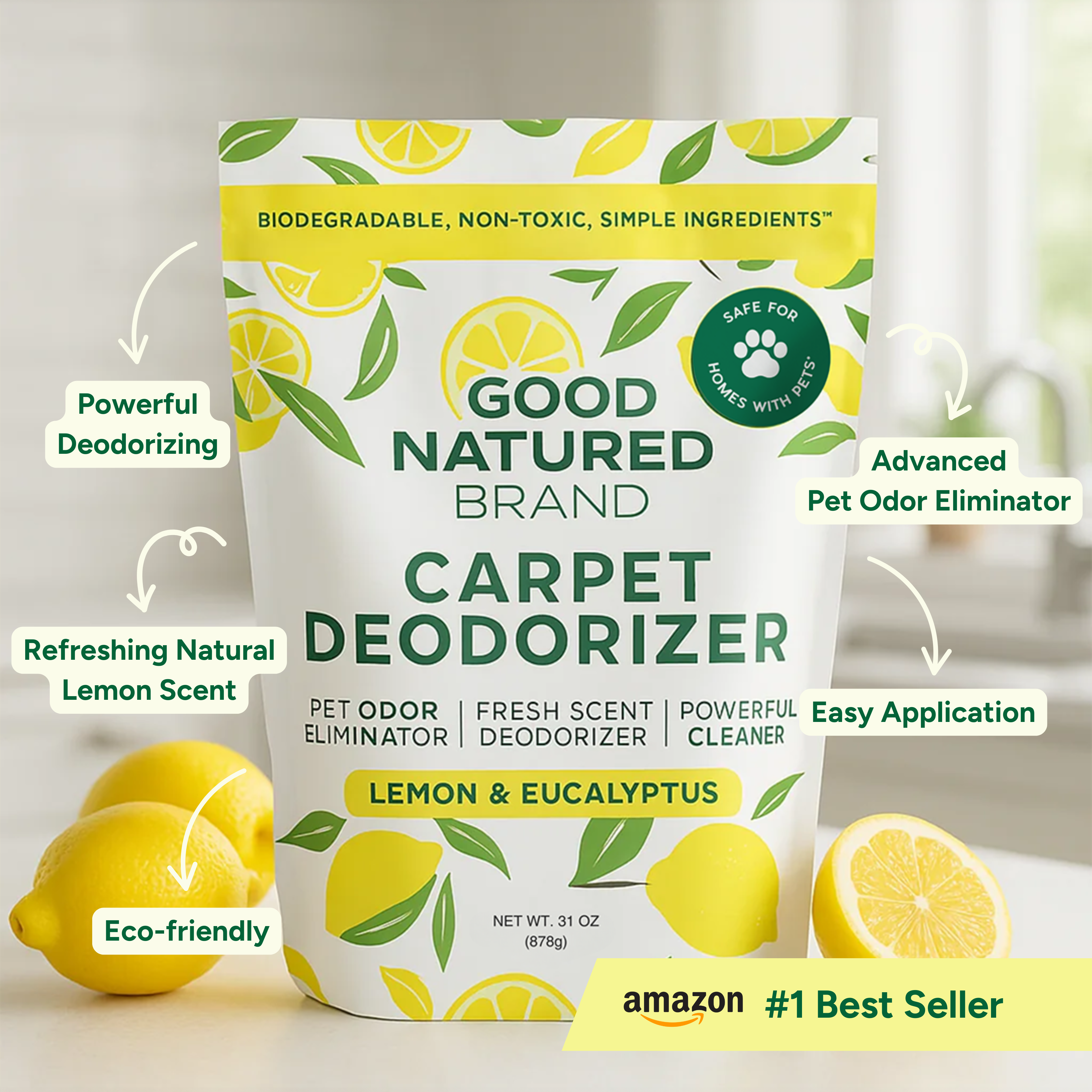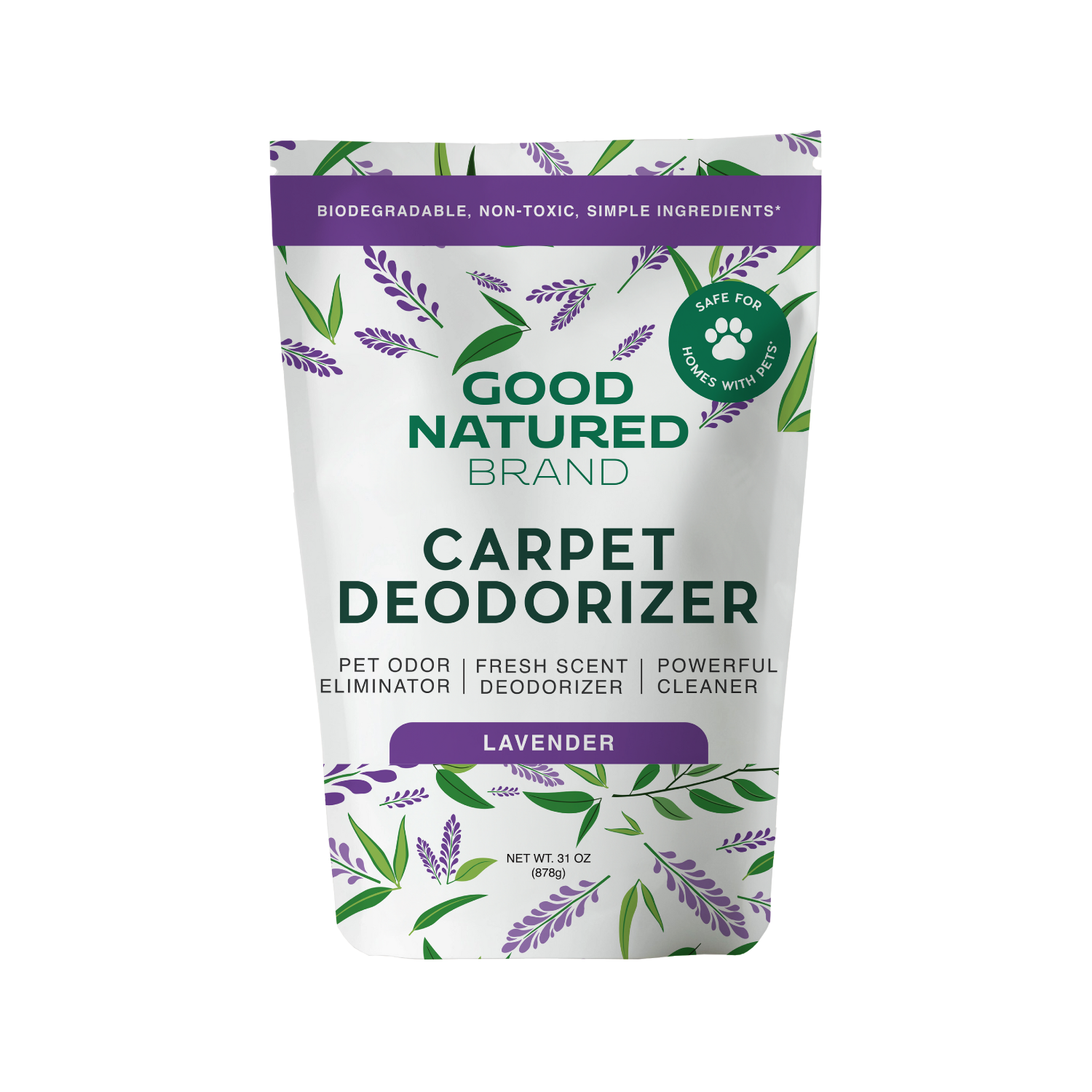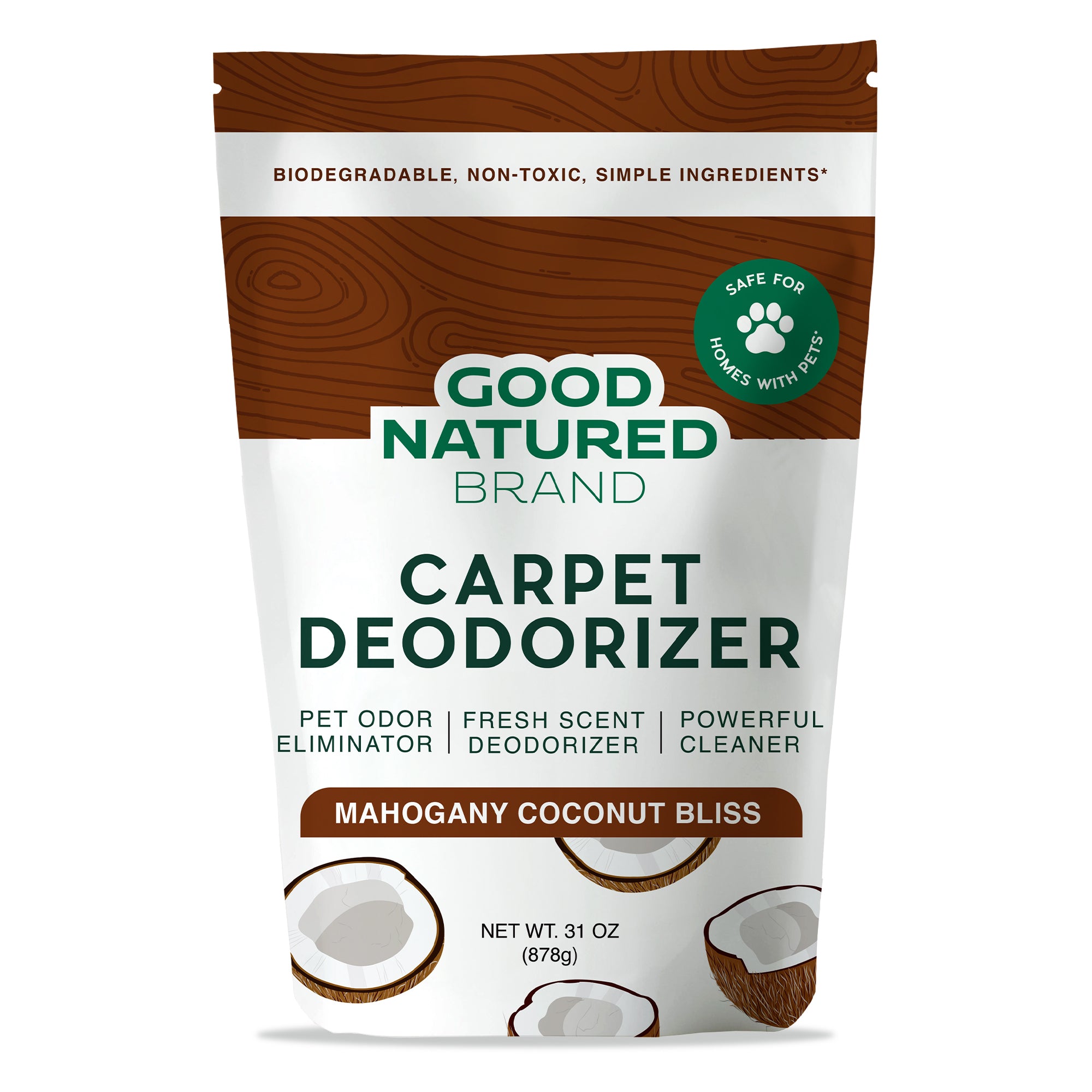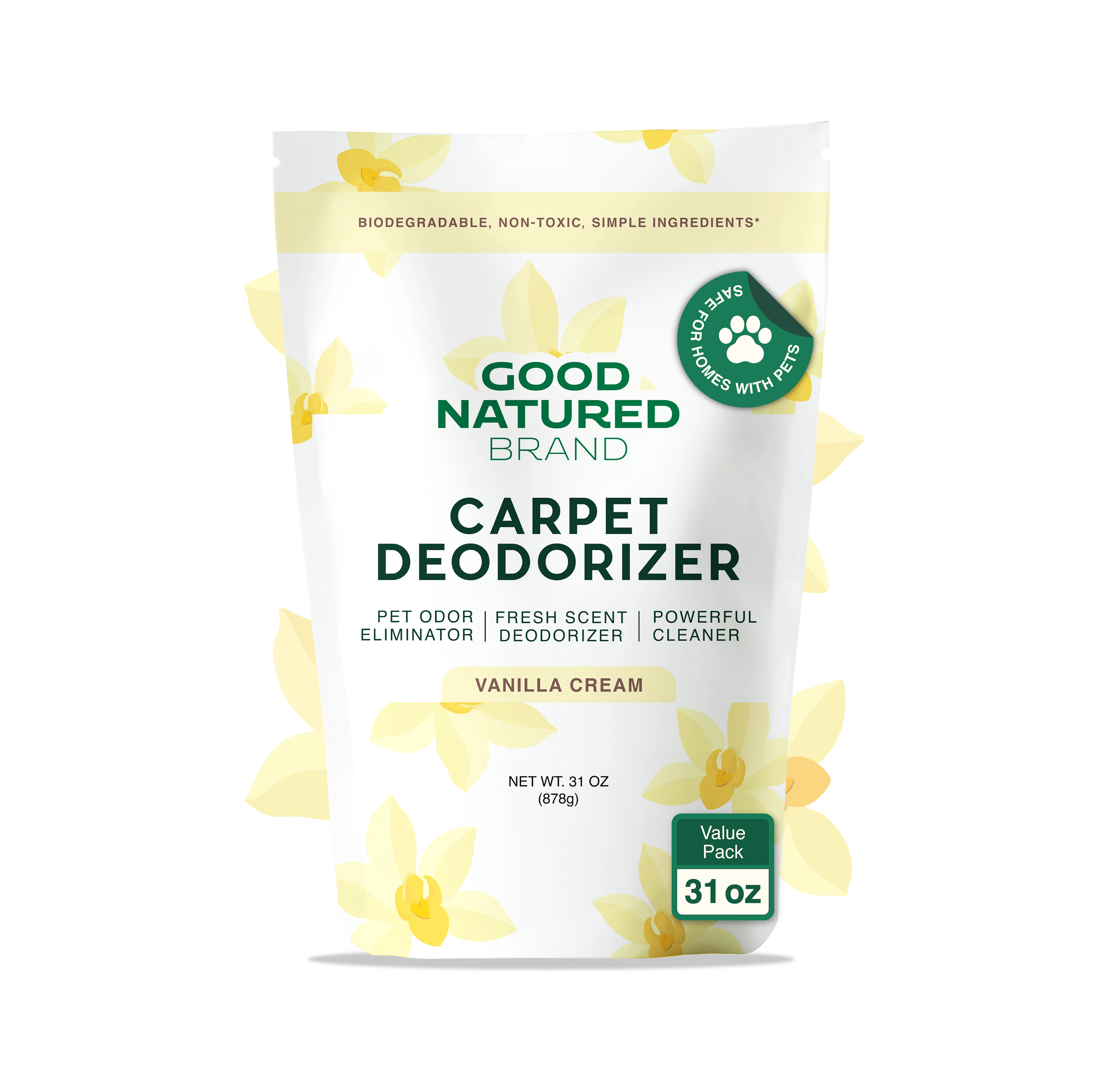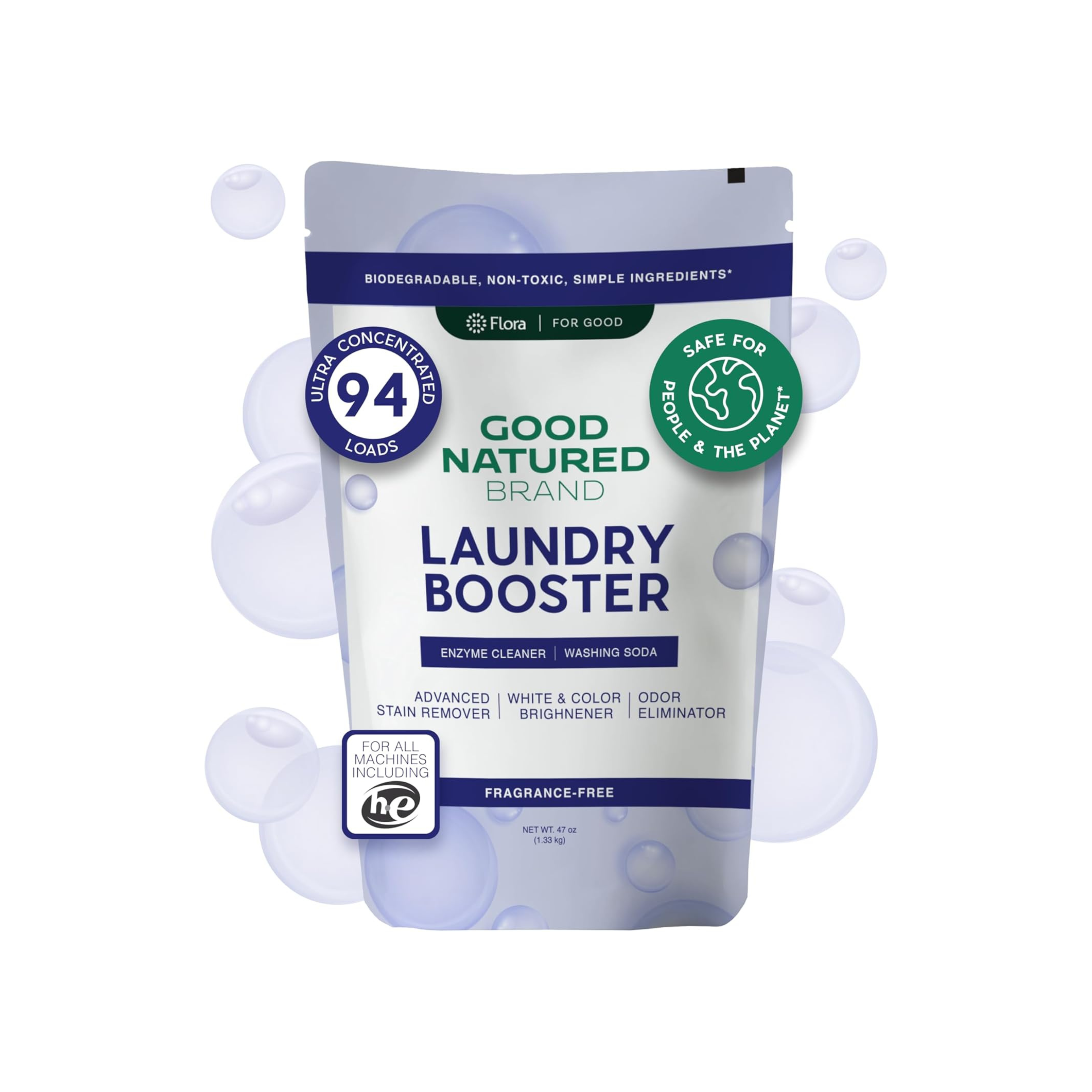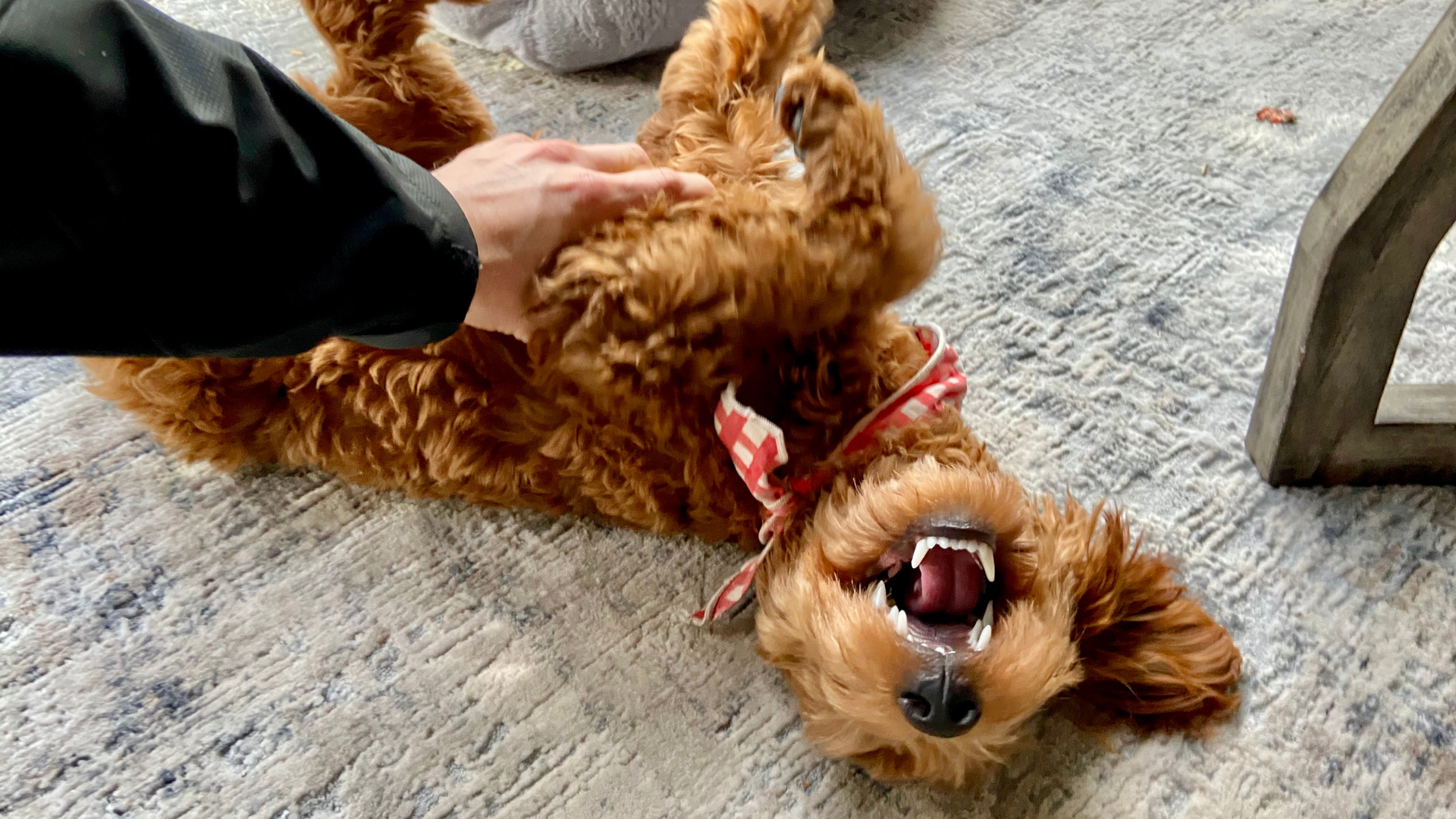If you’ve ever wondered why your dog insists on sniffing every tree, lamppost, or patch of grass during a walk, the YouTube video “Nature’s supercomputer lives on your dog” by Big Think reveals the surprising scientific truth: your dog’s nose operates like a biological supercomputer. Inspired by the insights shared by science writer Ed Yong and dog cognition expert Dr. Alexandra Horowitz, this article explores the extraordinary sensory world of dogs—and why letting them sniff freely is one of the best things you can do for their wellbeing.
Whether you’re trying to become a more informed pet parent or looking to better support your dog’s natural instincts (all while keeping your home fresh with our Carpet Deodorizers, Laundry Powders, and All-Purpose Cleaners), this deep dive helps you understand dogs on a sensory level humans often overlook.
For more pet-centered education, visit our main page or explore more articles on our blog.
The Extraordinary Smelling Abilities of Dogs
Dogs are often celebrated for their talents—tracking hikers, finding missing persons, and detecting drugs, diseases, and even electronic devices. But as Ed Yong explains, these are just the “showy” examples. Dogs practice extraordinary olfactory feats every single day.
Dogs can:
-
Distinguish identical twins by scent
-
Track the direction someone walked from footsteps
-
Detect predator scat, identifying species and diet
-
Locate whales from boats by sniffing air currents
-
Pinpoint microscopic traces of drugs or electronics
While humans rely primarily on vision, dogs live in a world built from scent, revealing details that are invisible to us.
Why Sniffing Is Essential for Dogs’ Happiness
In the Big Think video, Ed Yong interviews Dr. Alexandra Horowitz, a leading expert in canine cognition at Columbia University. She emphasizes the importance of allowing dogs to fully engage their sense of smell—especially on walks.
Walking From a Dog’s Perspective
For humans, a walk is movement, exercise, or routine. For dogs, a walk is a smell-based expedition, a chance to gather information about the world around them.
According to Horowitz:
-
Sniffing reduces canine anxiety
-
Dogs show more optimism when allowed to smell freely
-
Smelling helps dogs feel more “doglike” by supporting their natural behaviors
-
Pulling dogs away from sniffing deprives them of essential sensory enrichment
Letting your dog smell freely is one of the simplest and healthiest changes you can make to their daily routine.
How Dogs’ Noses Work Like Supercomputers
One of the most fascinating parts of the video is the explanation of how a dog’s nose processes scent. Their olfactory system isn’t just better than ours—it’s functionally different.
The Magic of the “Apostrophe-Shaped” Nostrils
A dog's nostrils have tiny side slits, shaped like apostrophes.
These slits:
-
Create vortices when dogs exhale
-
Pull new odor molecules into the nose
-
Prevent scents from being blown away (as humans do when exhaling)
-
Allow dogs to sniff continuously without losing the scent trail
This creates an uninterrupted stream of olfactory data—a constant sensory download.
The Olfactory Labyrinth
Inside the dog’s nose is a complex bony labyrinth that increases surface area dramatically.
Compared to humans, dogs have:
-
Far more olfactory receptors
-
A much larger olfactory epithelium
-
Highly specialized airflow channels
-
The ability to retain odor molecules between breaths
Humans inhale air over a relatively small patch of olfactory tissue. Dogs distribute scent across a massive internal landscape, maximizing detection and interpretation.
Smell vs. Vision: How Dogs Perceive Time and Space
Ed Yong beautifully compares how smell and vision reveal different dimensions of reality.
Vision Shows the Present
-
Fast
-
Linear
-
Easily blocked by walls or distance
-
Reveals what is happening now
Smell Reveals the Past
Dogs can smell:
-
Who passed through a room minutes or hours earlier
-
What emotional states other dogs were in
-
Hidden animals or objects behind barriers
-
Social signals in urine markings
-
Health and hormonal conditions of other dogs
Smell is a temporal sense for dogs—like reading the history of a space.
What Sniffing Means to Dogs: Social Media for Their Noses
Ed Yong shares a charming example featuring his own dog, Typo. During walks, Typo often stops to sniff what looks like an unremarkable patch of pavement. But to Typo, that patch may hold a treasure trove of information.
Dogs can smell:
-
Which dogs passed by recently
-
The age and sex of the dog
-
Whether the dog is healthy or stressed
-
Whether the dog is familiar or new
-
Where the dog may be heading
Sniffing a urine mark is the canine equivalent of scrolling through a friend's social media updates—rich with context, emotion, and relationship cues.
And while humans may find butt-sniffing awkward, it is deeply social, respectful, and informative for dogs.
Honoring “Dogness”: Understanding Dogs Through Their Noses
One of the most important takeaways from the Big Think video is the idea of “dogness”—the inherent sensory nature of dogs.
Dogs are not visual creatures first; they are scent-driven beings.
Their sense of smell is not a fun extra ability—it’s their primary interface with the world.
To honor your dog’s dogness:
-
Allow long sniffing sessions on walks
-
Give them scent-based toys or enrichment puzzles
-
Let them investigate smells at home and outside
-
Avoid rushing them through odor-rich environments
-
Clean their bedding and toys regularly with pet-safe products like our Laundry Powders and freshen their favorite resting spots with our Carpet Deodorizers
Giving dogs time and space to sniff is one of the most meaningful ways to support their biological needs.
Keeping a Clean Home While Supporting Your Dog’s Natural Behaviors
Encouraging sniffing and exploration doesn’t mean compromising on home cleanliness.
Safe, pet-friendly cleaning products help maintain a fresh environment:
-
Our Carpet Deodorizers help refresh spots your dog loves to nap or rub against
-
Our Laundry Powders clean dog blankets, toys, bedding, and clothing
-
Our All-Purpose Cleaners handle daily messes, drool spots, and paw prints
These products keep your home clean in ways that won’t overwhelm or irritate your dog’s sensitive nose.
Explore more ways to enhance your dog’s wellbeing on our blog.
Final Thoughts: A New Way of Seeing (and Smelling) Our Dogs
“Nature’s supercomputer lives on your dog” opens our eyes to the sensory reality dogs inhabit. Their noses give them access to:
-
Hidden information
-
Emotional cues
-
Social signals
-
Environmental histories
By appreciating how dogs “see” through smell, we become more compassionate, informed, and supportive guardians.
Let your dog sniff.
Let them pause.
Let them explore their scent-driven world.
It’s not just a walk, it’s their connection to everything around them.
